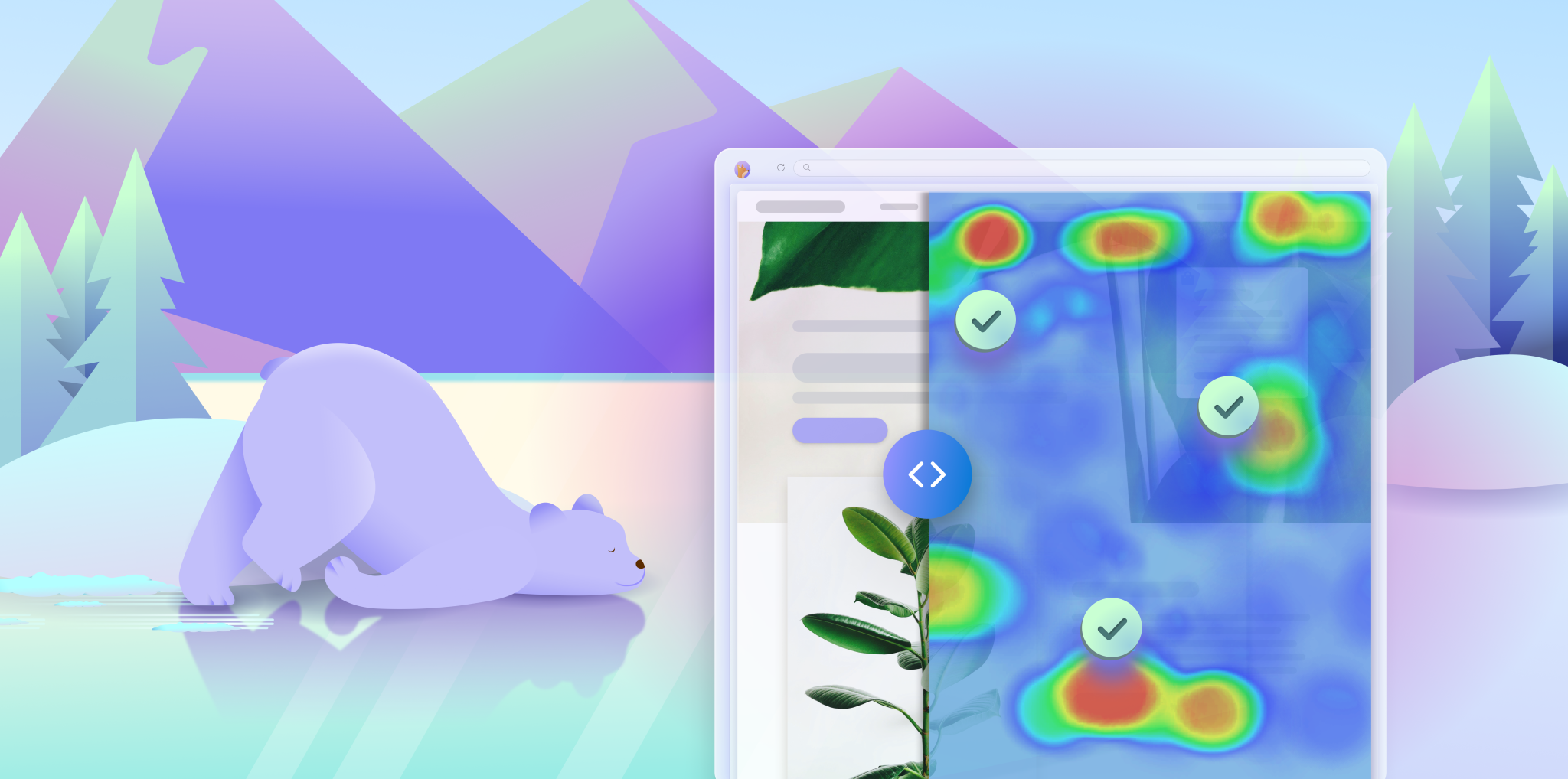Understanding Attention Prediction in Predictive Heatmaps

With the constantly changing industry of UX/UI design, marketing and digital optimization, it is important to know how to understand user behavior. The predictive heatmap is one of the most innovative tools that are helping understand this issue to a greater extent since it is a kind of data visualization tool that simulates and reveals which parts of a web page or a screen a user is most likely to pay attention to. The heart of this technology is an idea of attention prediction that allows merging behavioral science and artificial intelligence, to predict visual engagement decades in advance prior to actual user testing.
What is Attention Prediction?
Attention prediction refers to the process of predicting the gaze of the users on a visual interface (think of a web site, an application, or an ad). It is an estimation founded on cognitive models on how humans visualize and act. One can affect where the eye goes by elements of contrast, color, layout, font size and image placement among others. A predictive heatmap takes these principles combined with AI-learned against real eye-tracking data and creates a heatmap that illustrates visual attention concentrating and mitigation regions.
Predictive heatmaps fully obviate the need to run user sessions and the use of eye-tracking equipment that traditional heatmaps rely on. These are quicker, expandable and affordable- particularly to the designers and marketers who are still in the initial stages of their development.
How Predictive Heatmaps Work
The generation of a predictive heatmap normally requires importing a digital image (eg: a web page layout or an advertisement design) into a machine learning model enabled platform. Such models have been trained with thousands of eye-tracking experiments and apply that information to the virtual simulation of how a user is most probably to look first, how their gaze may move, where their attention will finally fall. The result is a heatmap on top of the original image, where the colors in the heatmap represent areas with high, moderate, and low attention, which are defined using color: the color red represents high attention, yellow is moderate, and green represents low attention.
The process of attention prediction does not only pay attention to the still visual aspects. Elaborate systems will be able to factor in responsive design, information hierarchy as well as variants involving user intent which could be as varied as skimming a product page or reading a blog entry. Predictive heatmaps are versatile solutions that come in handy in helping to improve the arrangement of the content, placements of call-to-action (CTA), the use of images and the formatting of text.
Applications Across Industries
Predictive heatmaps in attention prediction are applied in numerous sectors such as e-commerce, web development, digital advertising and user experiences. The example may be in e-commerce, where one retailer can take advantage of a predictive heatmap to make sure that there is ample visual attention on the product images and the Buy Now buttons. In publishing, an editor may experiment with alternative headline positions or images to determine what attracts more people to the text. Such data can enable teams to follow well-informed, user-oriented decisions prior to launching a campaign or publishing the content.
The Predictive Design in Future
Predictive heatmaps continuously become more precise and high-tech as the technologies of machine learning and AI develop. The models of the future can be combined with demographics about the user, the context of behavior, and data about interactions in real-time to give better insights. This movement towards smart design, that predicts intention, will assist teams in creating more expedient, instinctual designs, in the initial running that will save them development time, reduce the cost of development, and increase user satisfaction.
To conclude, the predictive heatmap is possible because of the attention prediction science which allows designers and marketers to correctly predict their user behavior with incredible precision way before even a single user ever reaches the page.





